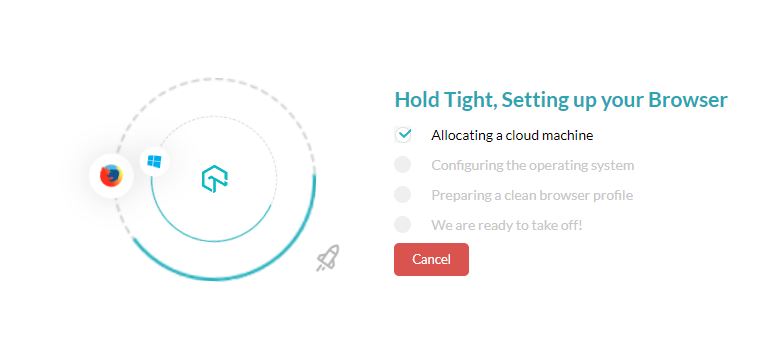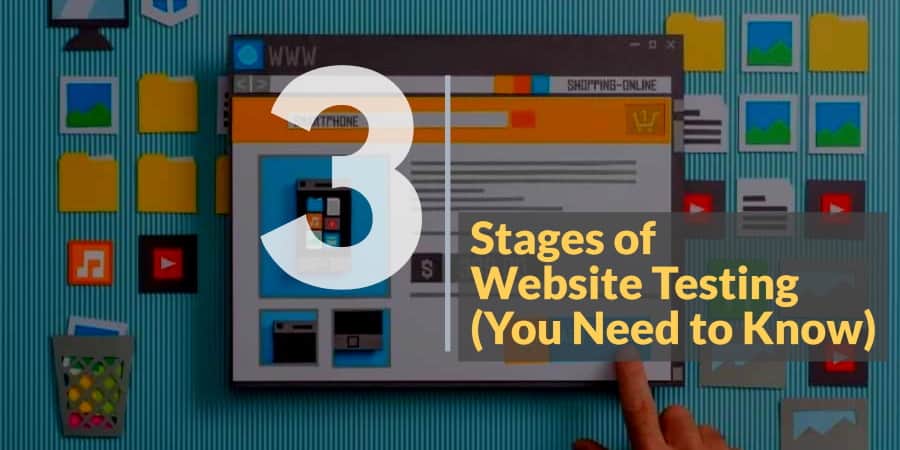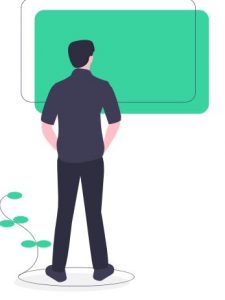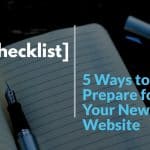Working on any project – especially web design and development – it is easy get so far into the details that it’s difficult to look at it from the lens of the web visitor. It doesn’t take long for this to happen. To avoid getting lost, here are key questions that serve as a “north star” to providing the best results for a new website design:
North Star Guiding Questions
Can web visitors understand it? Web designs have just milliseconds to answer this question when a new visitor arrives. The visitor needs to know:
What is the product/service this website is offering?
Who is it for?
If it’s an ecommerce site, how easy (or difficult) is it for any web visitor to pay for the product or service?
Where is the friction in the buying process?
This is not an exhaustive list, but the answers to these questions are a reliable compass to help your website reach its goals.
There are certain processes and tools to achieve success. These are to be done only after proper planning and alignment steps have been achieved. Several I’m going to cover in this post:
Browser and Device Testing for Web Design
Testing to ensure that the website looks good on ipads, iphones and every major browser must be done with every web design development project prior to launch. There are so many combinations of browsers, operating systems, devices, that using a tool is critical. I use a tool to speed up testing and it accurately identifies all of the problem areas that need to be fixed.
As a developer, I utilize the Chrome browser on my Windows laptop in order to set up the website and make it responsive so that it looks nice on mobile devices. Once it looks great, then I turn to Lambdatest (disclaimer: this is an affiliate link. Yes, I believe in the product that much and will be posting a separate tutorial on this blog soon) to see which browsers has trouble displaying the website correctly. Then I track each and every error with my project management tool.

User Testing
This phase is usually done before the site goes live, during various stages of the project. Adhering to best practices with web design is not enough. The real truth comes out with User Testing. This requires arranging for several objective people to volunteer. The prep work is to determine exactly what to test (i.e. create account feature) and to come up with questions to ask the user as they are moving through the website.
There are many ways to conduct user testing. The best way is to watch the users as they navigate around the site trying to do a task that you assign to them – and asking them to think out loud. Watch to see where frustrations, assumptions or mistakes occur. All of this information is worth its weight in gold.
Another easy test to run is the “5 Second Test”. Let your test subjects look at your website homepage for only 5 seconds and then ask them two of your five key questions:
What does this site offer?
Who is this site for?
Recently, I used this test on a new site which sells fundraising kits. Because the product was so unique, the site had a lot of explanation text at the top of the homepage. The responses from the users were surprising:
Q: What does this website sell?
A: “I think it was something about making money by driving in Michigan. It was way too wordy and didn’t get to the point so I’m not positive what it was about.”
A: “A driver app.”
Q: Who is it for?
A: “Anyone who knows how to drive and wants a job”
A: “Someone looking to supplement their income?”
A: “Travelers”
Ummm, whoops! OK, after taking a deep breath, I realized I had some redesigning to do. BTW, the name of the business was “My Can Drive” which utilized proceeds from recycling bottles and cans. This test saved me months of failure.
A/B Split Testing
This is done after the site is live. With A/B testing, you decide which element of a website page you want to test. First, set a goal. Let’s say you want web visitors to opt in to your newsletter. Maybe you want to test the color of the “submit” button on the opt in form – would blue or green get better results?
The website can be set up to show the “blue” button to 50% of your website visitors and the “green” button to the other 50% – randomly. The system in the background will track which version converts more web visitors into leads.
Depending on the amount of web traffic, you could run this test for several hours, days, or weeks.Once you have enough data, you can see who the winner is and make the adjustment.
This is a very effective way to optimize a website or a simple promotional landing page. I typically offer this as an add on after the website has launched.

Summary
Build in testing time into your next website project. The testing methods above all complement each other and are used in different stages of development. Take the time to understand and be ready to make updates on the fly. It might add a bit more time and expense up front, but the number of conversion rate optimizations will pay off in dividends.









